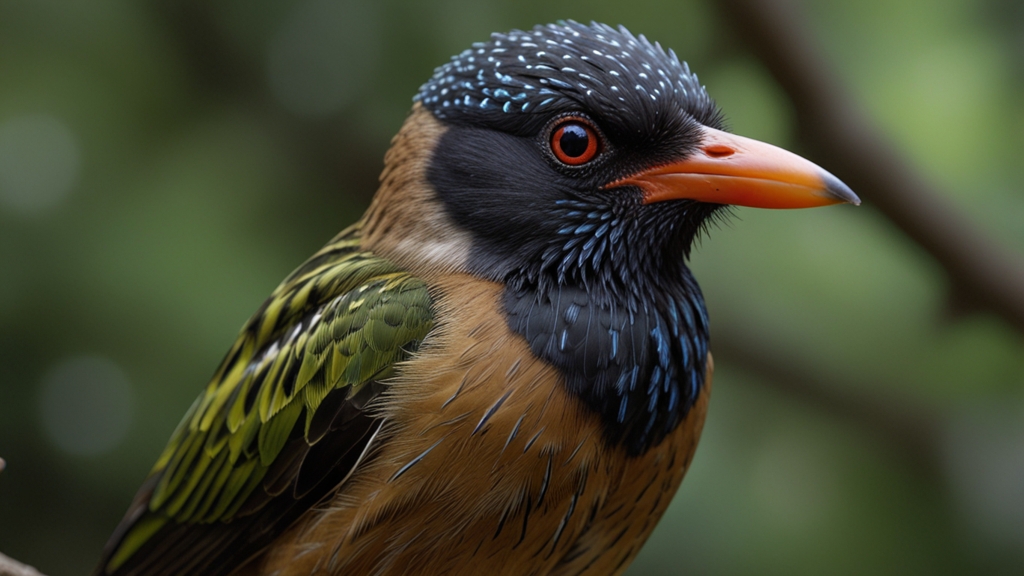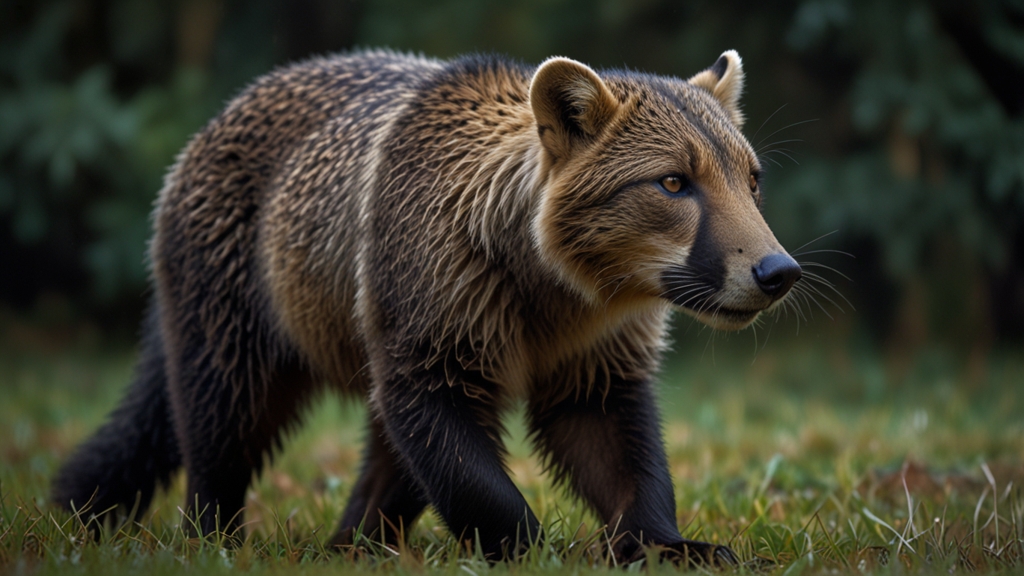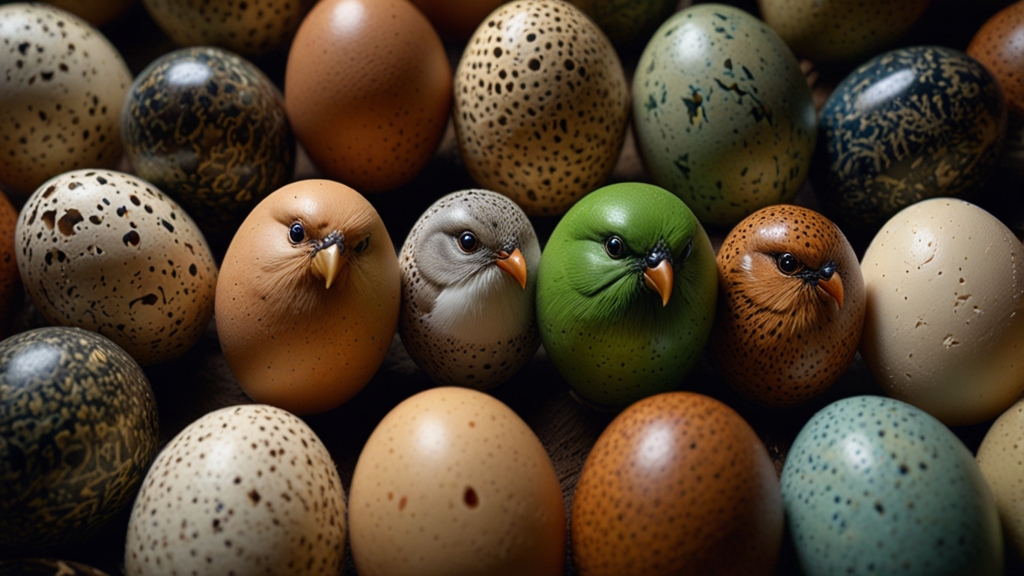The Surprising Social Lives of Animals You Didn't Know About
When we think about social animals, our minds often drift to familiar images of packs of wolves or flocks of birds. However, the animal kingdom is full of surprising and intricate social structures that go beyond our common perceptions. From the deep-sea dwellers to the mighty elephants, the social lives of many animals are more complex and fascinating than we often realize.
The Cunning Cephalopods
Octopuses and other cephalopods are often thought of as solitary creatures, but recent studies have revealed a rich tapestry of social interactions. Octopuses, in particular, have been observed engaging in complex behaviors that suggest a level of social intelligence not previously attributed to them. They communicate through color changes and body language, and some species, like the larger Pacific striped octopus, have even been seen engaging in what appears to be coordinated hunting and mating rituals.
"It's fascinating to see these animals display such social sophistication," says marine biologist Dr. Jane Reynolds. "They defy our previous assumptions and open up new avenues for understanding intelligence in the animal kingdom."
The Cooperative Elephants
Elephants are renowned for their social structure and cooperative behavior. Living in matriarchal herds, they maintain strong familial bonds and support networks. The matriarch leads the group with wisdom and experience, guiding them to water and food and keeping them safe from predators. Elephants are known to mourn their dead, displaying what can only be described as a form of empathy.
The Communicative Naked Mole-Rats
The naked mole-rat might not win any beauty contests, but its social life is surprisingly intricate. These underground dwellers live in colonies with a clear hierarchical structure similar to that of bees or ants. Each colony has a queen who is primarily responsible for reproduction, while the rest serve as workers, taking on roles such as tunnel maintenance, defense, and food gathering. Communication within the colony is essential, and naked mole-rats utilize a complex system of vocalizations to maintain order.
"Their highly specialized social structure is a marvel of evolutionary biology," says evolutionary biologist Dr. Mark Davidson. "It shows how diverse social systems can evolve in different species."
The Amiable Vampire Bats
Vampire bats might not seem like they would have amiable social lives given their blood-feeding habits, yet they display remarkable social behaviors. These nocturnal mammals form tight-knit social groups and share their food with others. When a bat fails to find a meal, its peers will regurgitate blood to feed it, a behavior known as reciprocal altruism. This ensures that members of the group survive during tougher times, reinforcing social bonds and cooperation.
The Complexity of Insect Societies
When it comes to sophisticated societies, insects like ants and bees take the crown. Ant colonies have a division of labor, complex communication systems using pheromones, and can even engage in farming activities like cultivating fungus. Similarly, bee hives function with an astonishing level of organization, with roles divided among workers, drones, and the queen. These insect societies operate almost like superorganisms, with individuals working together seamlessly for the greater good of the colony.
"The level of organization in ant colonies and bee hives is quite extraordinary," states entomologist Dr. Laura Mitchell. "It's a testament to the power of evolutionary adaptation."
Conclusion
The social lives of animals reveal a complex world of interactions that challenge our understanding of intelligence, cooperation, and survival strategies. From the brainy cephalopods of the oceans to the cooperative societies of elephants on land, animals across the globe exhibit social behaviors that are both surprising and inspiring. Understanding these behaviors not only enriches our knowledge of the natural world but also highlights the importance of preserving these intricate ecosystems.
As we continue to study and learn about these social structures, we may uncover even more astonishing facts about the animal kingdom, reminding us that human societies are just one of many intricate networks of life on Earth.











